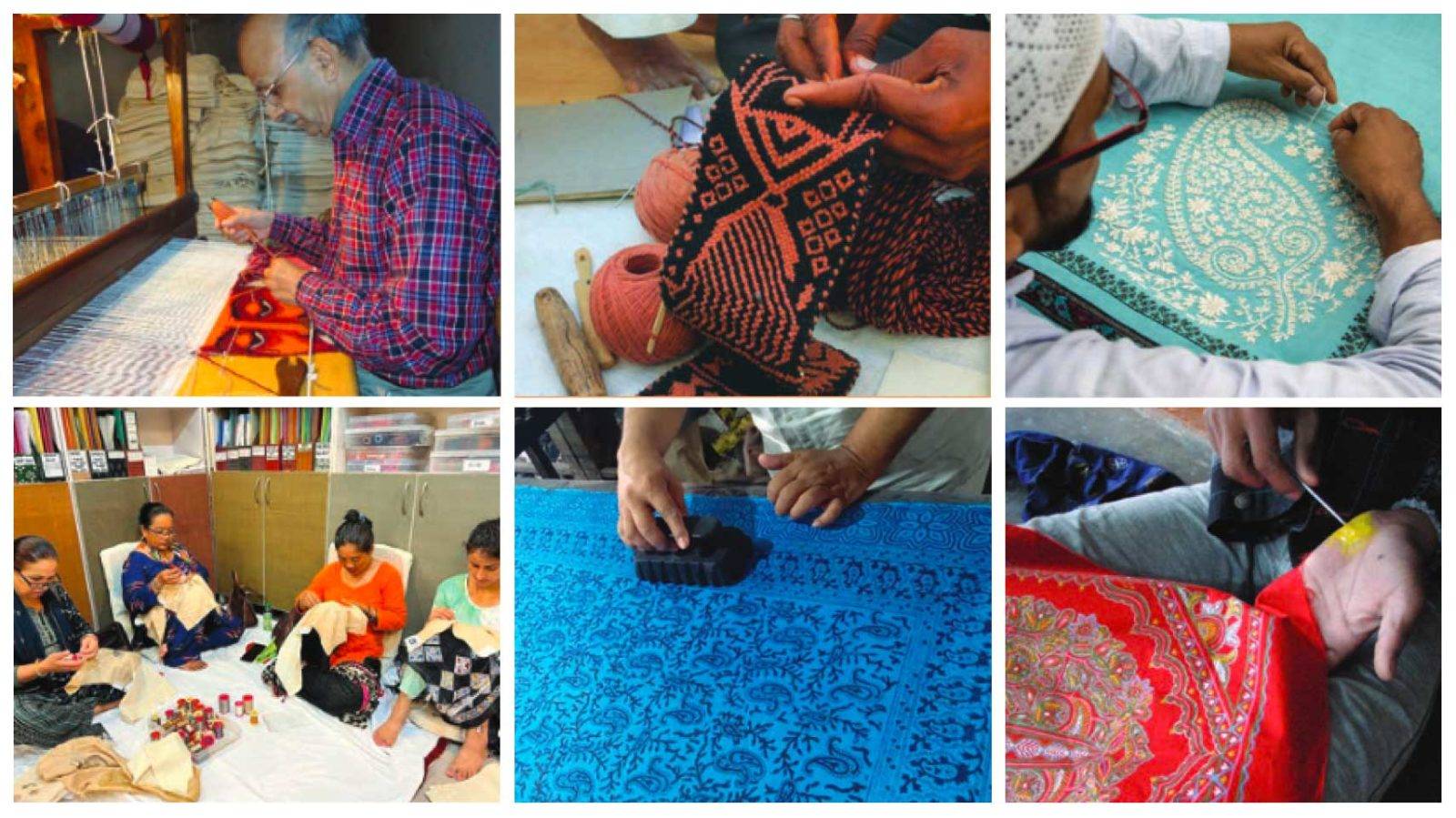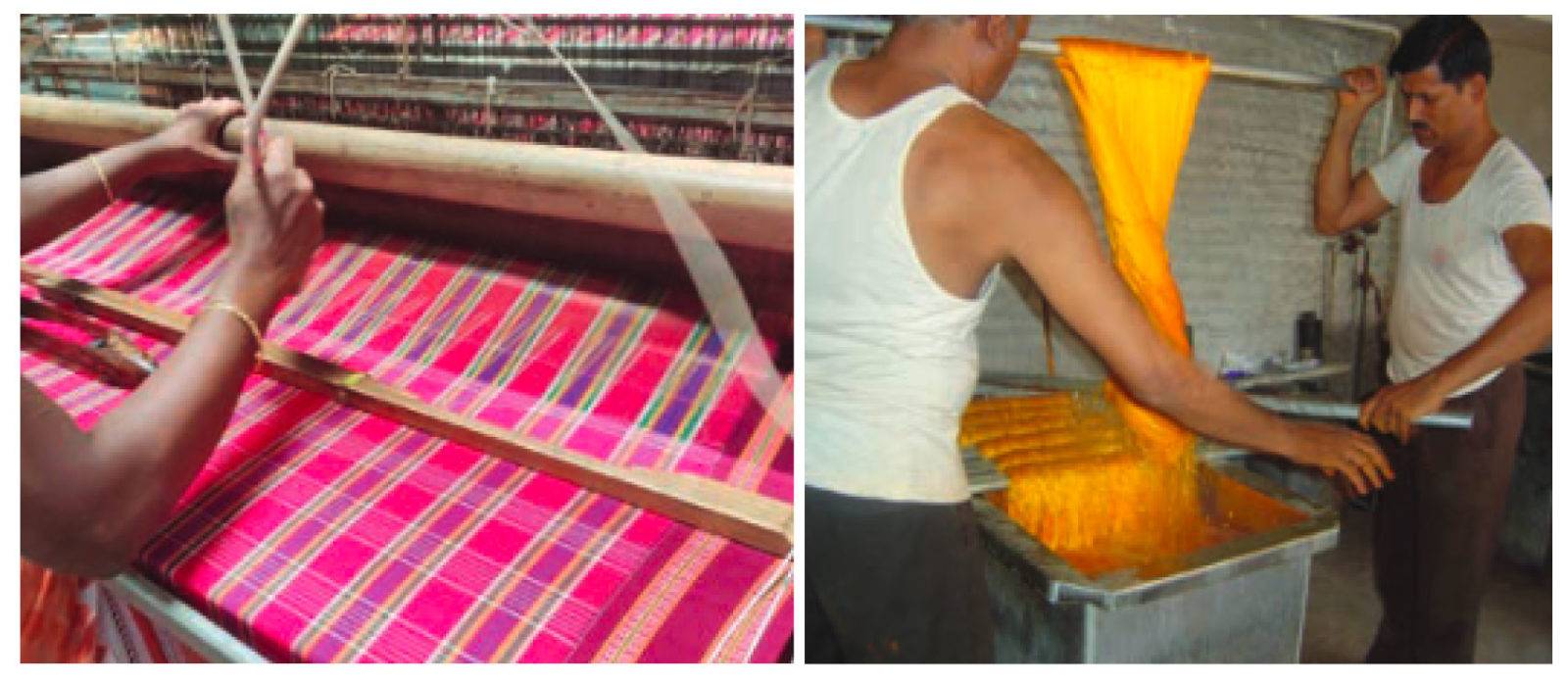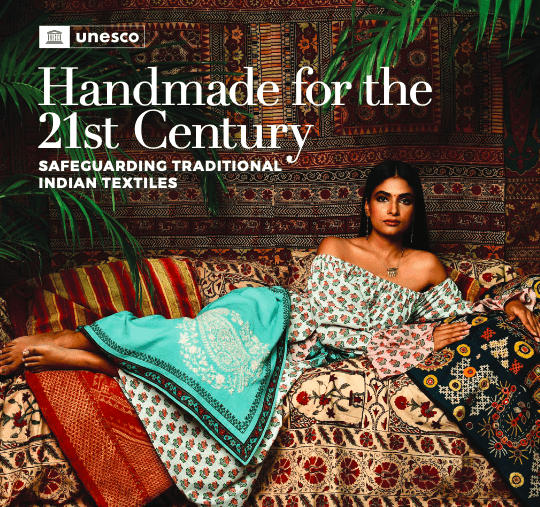UNESCO publishes a list of 50 exclusive Indian heritage textile crafts

With an aim to safeguard traditional Indian textile crafts, UNESCO has expanded its register of elements inscribed in the ‘UNESCO Representative List of the Intangible Cultural Heritage of Humanity’ by nominating textile crafts in this publication which also provides strategies for their preservation through workshops and skill development programs.
From Toda embroidery and Sungadi from Tamil Nadu to Himroo weaves from Hyderabad and Bandhani tie and dye weaving from Sambalpur in Odisha were some of the textiles featured in the publication.
Some of the iconic handcrafted textiles documented from north India are Khes from Panipat, Chamba rumals from Himachal Pradesh, Thigma or wool tie and dye from Ladakh and Awadh Jamdani from Varanasi.
From the south, Ilkal and Lambadi or Banjara embroidery from Karnataka, Sikalnayakanpet Kalamkari from Thanjavur have been included. Kunbi weaves from Goa, Mashru weaves and Patola from Gujarat, Himroo from Maharashtra and Garad-Koirial from West Bengal also find a place among the 50 iconic textiles.
According to UNESCO, one of the major impediments to the safeguarding of Intangible Cultural Heritage in South Asia is lack of proper inventory and documentation. The publication, which aims to bridge this gap, brings together years of research on the 50 selected textiles.
Eric Falt, UNESCO New Delhi Director articulates during announcing the list: “Textile crafts represent a very significant share of the Indian cultural heritage and have dazzled the world for centuries. Despite the pressures of industrial mass production and competition from new countries, it is essential that these iconic heritage crafts are taken stock of and promoted as contemporary treasures”.

“It is my hope that India will consider expanding its register of elements inscribed in the UNESCO Representative List of the Intangible Cultural Heritage of Humanity by nominating one of the textile crafts featured in this publication. No textile practices from India have been included in the list so far and an inscription in the list would be due recognition of the talent and diversity of the country’s extraordinary weaving traditions,” Mr Falt said.
Apart from documenting the endangered textile crafts, the UNESCO publication also includes recommendations for the protection and revitalization of these textile crafts, that cover both the broad-spectrum of issues extending from policy to grass-root based micro-interventions.

